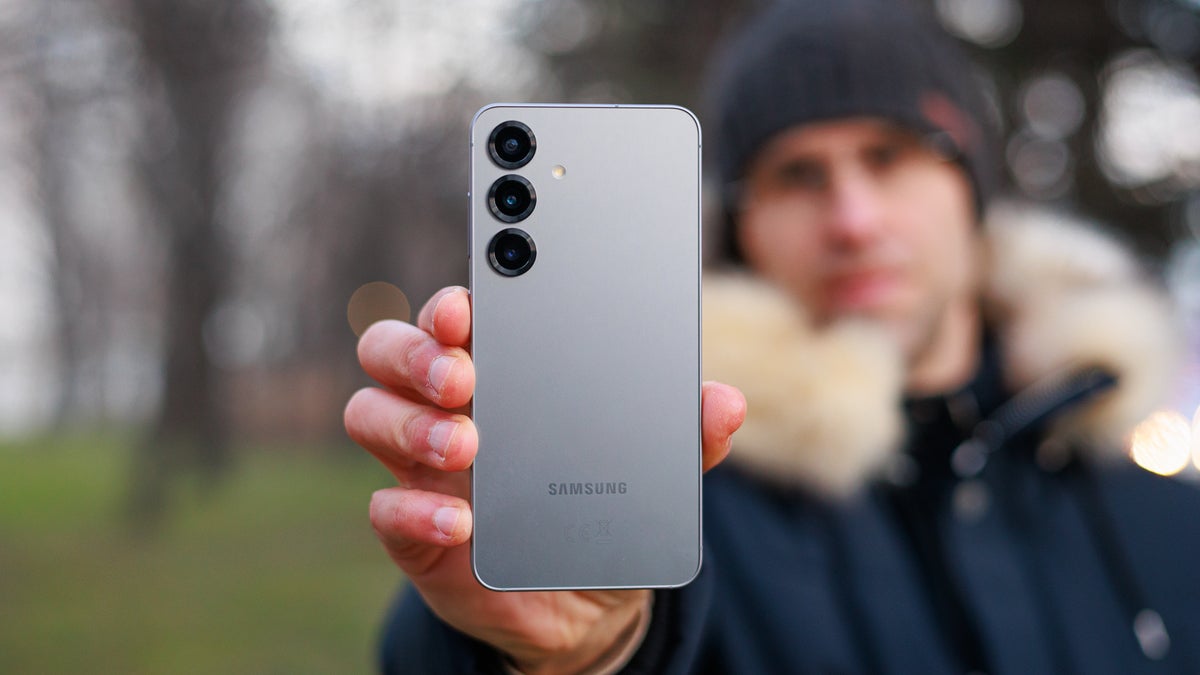

The Galaxy S25 Edge features a dual-camera setup that can both impress and disappoint.
The latest Galaxy S25 Edge stands as the slimmest smartphone currently available, but this sleek design comes with certain compromises. My review of the Galaxy S25 Edge revealed that while the device has much to offer, it faces challenges with battery performance, particularly concerning its camera capabilities.
These limitations largely stem from space constraints. Periscope lenses, like those in the Galaxy S25 Ultra, require ample room, and with the Galaxy S25 Edge boasting 33% less volumetric space, some sacrifices were unavoidable. One significant trade-off is the camera choice, where Samsung has selected a 200MP primary sensor alongside a 12MP ultrawide.
In my assessment, I determined that the Galaxy S25 Edge isn’t the best option for those seeking top-tier smartphone photography, but how does it fare in general? Let’s explore what this phone’s camera is capable of.
Samsung Galaxy S25 Edge camera: Specs comparison
The Galaxy S25 Edge aims to merge features from the Galaxy S25 Ultra and Galaxy S25 Plus into a more compact design. It feels familiar yet uniquely distinct, but how does its camera stack up against its main counterparts?
| | Galaxy S25 Edge | Galaxy S25 Ultra | Galaxy S25 Plus |
|——————-|———————————-|———————————-|———————————-|
| Primary Camera | 200MP, f/1.7, 24mm, 0.6µm, PDAF, OIS | 200MP, f/1.7, 24mm, 0.6µm, PDAF, OIS | 50MP, f/1.8, 24mm, 1.0µm, PDAF, OIS |
| Ultrawide Camera | 12MP, f/2.2, 13mm, 1.4µm, PDAF | 50MP, f/1.9, 120°, 0.7µm, PDAF | 12MP, f/2.2, 13mm, 1.4µm, PDAF |
| Telephoto 1 | – | 10MP, f/2.4, 67mm, 1.12µm, PDAF, OIS 3x optical zoom | 10MP, f/2.4, 67mm, 1.12µm, PDAF, OIS 3x optical zoom |
| Telephoto 2 | – | 50MP, f/3.4, 111mm, 0.7µm, PDAF, OIS 5x optical zoom | |
| Selfie camera | 12MP, f/2.2, 26mm, 1.12µm, PDAF | 12MP, f/2.2, 26mm, 1.12µm, PDAF | 12MP, f/2.2, 26mm, 1.12µm, PDAF |
While there are variations in sensor sizes, the S25 Edge effectively integrates the 200MP primary camera from the S25 Ultra with the 12MP ultrawide from the Galaxy S25 Plus.
Is this camera effective? Is a telephoto lens necessary? Let’s delve deeper.
Samsung Galaxy S25 Edge camera: Daytime performance
For those seeking the Galaxy S25 Ultra’s camera capabilities without the bulk, the S25 Edge is the ideal choice. It’s not surprising that its primary camera captures nearly indistinguishable photos from the Galaxy S25 Ultra since it utilizes essentially identical hardware and software.
The primary camera of the Galaxy S25 Edge delivers precise color temperature, impressive detail, and extensive dynamic range. It employs the same post-processing techniques as other Samsung devices, resulting in slightly vibrant images that stand out when viewed on a mobile screen.
If you’re looking for a camera that excels in capturing great social media images, the primary camera satisfies this requirement, unless you’re dealing with low-light settings.
Samsung Galaxy S25 Edge camera: Low light performance
Here, the Galaxy S25 Edge significantly falls short of expectations. Most flagship devices handle low-light situations relatively well, but the Galaxy S25 Edge often delivers inconsistent results, producing soft and frequently noisy images.
Color accuracy and temperature tend to be decent, and though the camera sometimes overcompensates with highlights and shadows, it generally maintains a fair level of precision. I’ve also noticed issues with Optical Image Stabilization (OIS), which underperforms compared to other Samsung models in dim lighting conditions.
Regrettably, the Galaxy S25 Edge does not consistently activate the dedicated Night mode, but when it is available, it mitigates some of the primary concerns. The Galaxy S